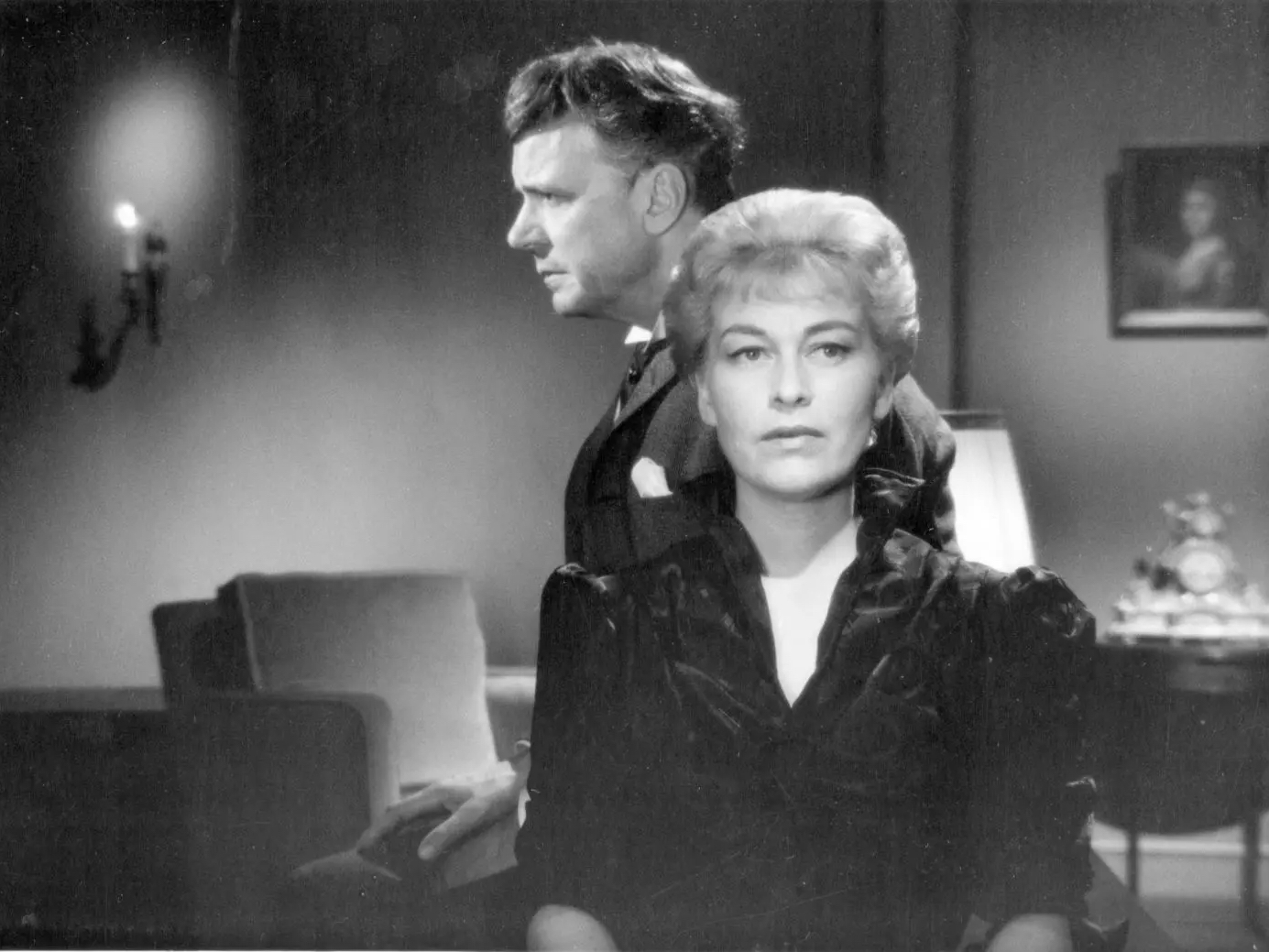Week 24/2023
“Life is a long, long chain of dreams drifting into one another,” Gertrud muses in Carl Theodor Dreyer’s eponymous 1964 film. Her words sum up this week’s film selection of three reveries. Dreyer’s Gertrud is a hopeless romantic who pursues an idealized notion of love that will always elude her and who must try to come to terms with reality. The French filmmaker Jacques Rivette called it a somnambulist’s film, a telling of a dream.
Similarly, Otto Preminger considered his all-black cast musical adaptation of Georges Bizet’s Carmen as “really a fantasy, the world shown in the film doesn’t exist.” He shot Carmen Jones (1954) in pioneering Cinemascope format and Deluxe Color. Dreyer also dreamed of filming Gertrud in color. And maybe on 70 mm film, too, critic Tag Gallagher added. Carmen and Gertrud both are independent women who live by their own rules and discard the men in their lives.
Perhaps no one was more fascinated by dreamlike sensations than the Surrealists. In Marcel Mariën’s L’imitation du cinéma (1959), a young man with a strong desire to be crucified spends a night with a prostitute embellished with a dream. At the end, we literally see the cinema lights coming back on and one of the characters leaving the movie theater in plain clothes. Once in the street, he sees an image from the film: a boy reading against the background of a Tigra poster. He knocks the book out of his hands and the film is over. “During the solitary walk after the screening (heading for some café or other), the last scraps of twilight reverie are shaken off,” Herman Asselberghs wrote in his notes on Roland Barthes’s ‘Leaving the Movie Theater’.




